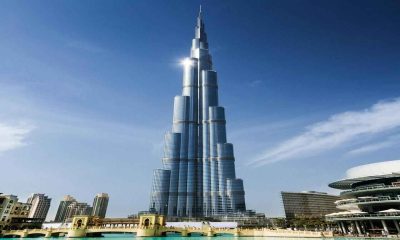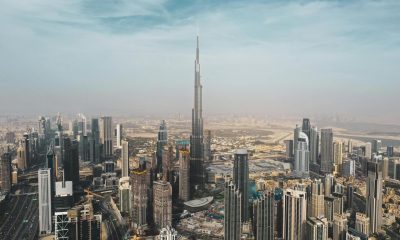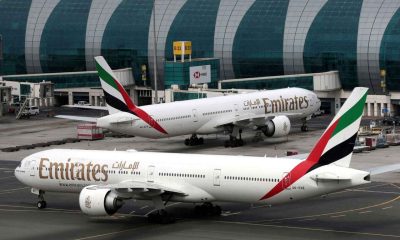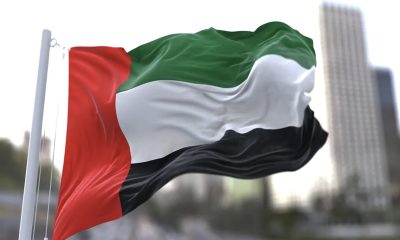In an unprecedented first, Pakistan tried the artificial rain technology in the megacity of Lahore on Saturday in a bid to combat hazardous levels of smog, the provincial government said. The groundbreaking experiment targeted ten areas, Pakistani media reported.
Caretaker chief minister of Punjab province, Mohsin Naqvi, said the move was made possible through the assistance of the UAE. The Emirates’ intervention comes as the economy of Pakistan is estimated to have contracted during the current financial year.
“The Gift Of Artificial Rain From The UAE”
UAE teams arrived in Lahore almost a couple of weeks back, accompanied by two specialised planes equipped with cloud seeding technology. During a media briefing, Naqvi said, “the gift of artificial rain from the UAE is an innovative approach to tackle the ongoing smog crisis.”
Lahore is infamous for being one of the worst global hotspots for air pollution. The place frequently experiences increased levels of smog during the cold season due to a combination of dropping temperatures, low-grade diesel emissions and stubble burning.
More than 11 million people call Lahore home. The residents are susceptible to severe health complications, exacerbated by the concerningly high levels of tiny PM2.5 pollutants measured at more than 66 times the World Health Organisation’s safety thresholds on Saturday.
Cloud Seeding In The Limelight
The catastrophic health consequences of prolonged exposure to air pollution includes heart diseases, strokes, lung cancer and respiratory ailments. Despite previous attempts to mitigate the pollution through road spraying and shutdowns, the situation still remained dire.
Read More: Bahrain’s Commitment To National Carbon Neutrality Strategy In Focus
Colloquially known as artificial rain or blueskying, cloud seeding involves releasing common salt or a mixture of salts into clouds. The process stimulates condensation, leading to rainfall. Several countries have now been actively trying this weather modification technique.






















